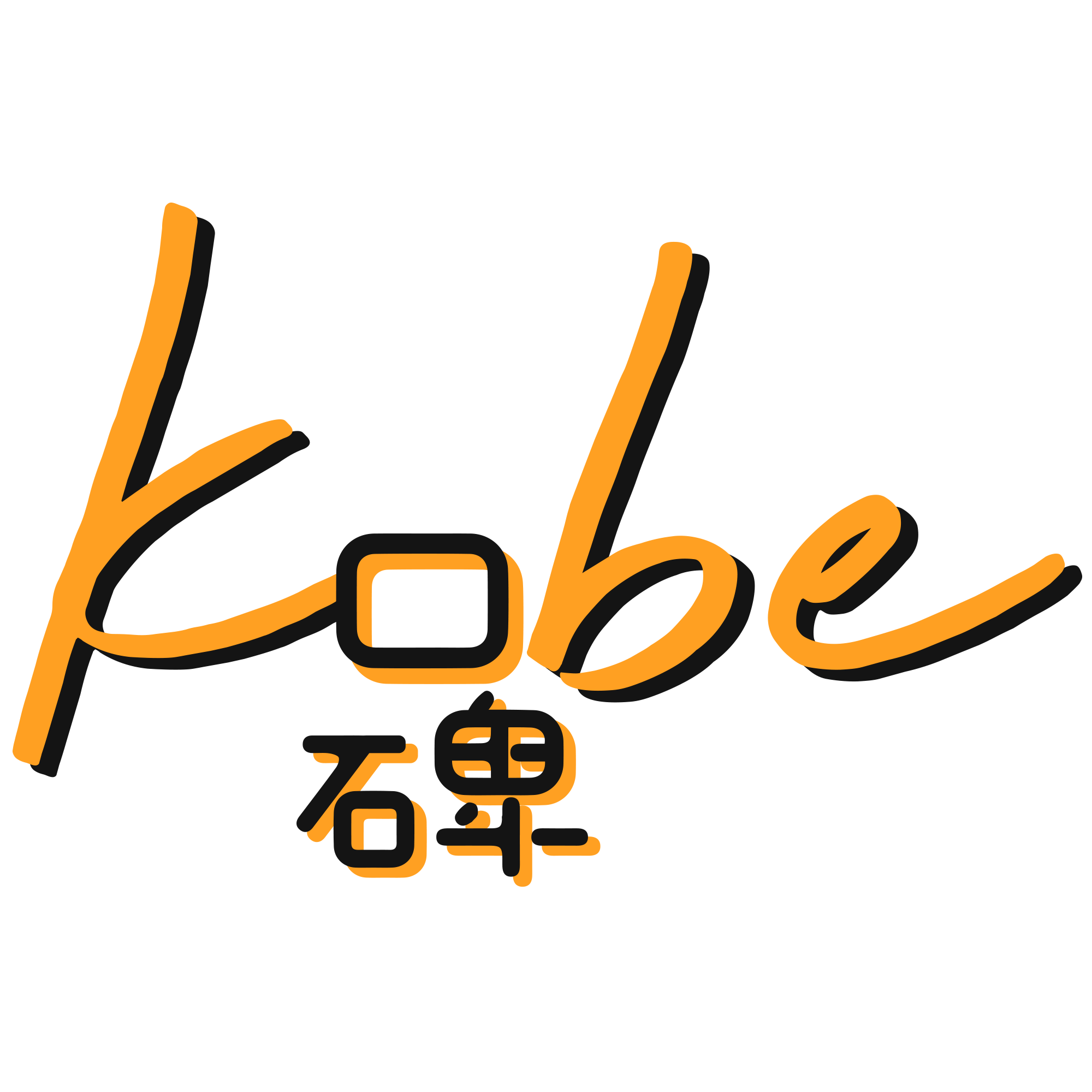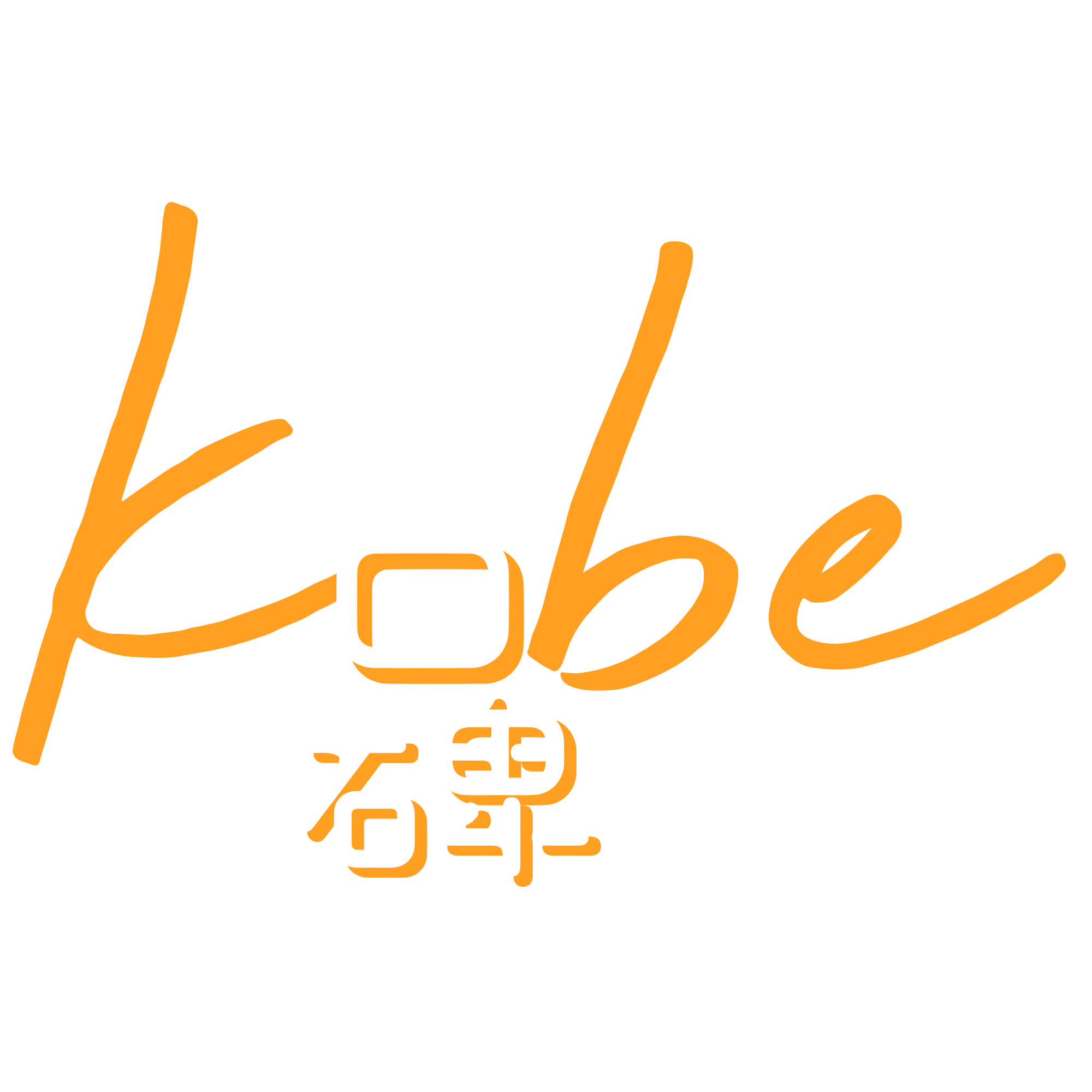One of the popular trends in marketing lately is all about influencers. Influencer marketing framework involves using the impact of certain social media users to connect with specific communities. To fully grasp this trend, it’s essential to delve into both influencer marketing strategy and the emerging creator marketing framework. They spark meaningful conversations and elevate brand visibility within targeted audiences.
So, what is an influencer marketing framework? It’s a planned and organized approach that brands and marketers use. The idea is to carefully organize, execute, and evaluate influencer marketing campaigns. This framework includes structured guidelines, ways of doing things, and key performance indicators (KPIs). Its aim is to get the most out of influencer collaborations to achieve specific marketing goals.
This influencer marketing framework covers different stages like setting goals, picking the right influencers, figuring out the target audience, and measuring campaign success. Think of it as a map that helps brands build real connections with their audience through influencers. This, in turn, boosts brand awareness, engagement, and conversion goals.
So why is influencer marketing strategy important? It’s all about making sure collaborations match overall business goals and that chosen influencers connect with the target audience. When brands plan partnerships with influencers strategically, they create real and consistent stories that effectively reach the people they want to reach. Influencer marketing strategy also helps in smartly using resources like budget, picking influencers, and focusing on the right platforms for the best results.
Moreover, having a smart plan lets brands check how well things are going compared to their goals, and they can always get better. It also thinks about potential challenges and ways to deal with them, making campaigns smoother. Lastly, it covers legal and rule-following stuff, addressing things like sponsored content rules and sticking to advertising standards. In the end, understanding influencer marketing framework is important. Having a strategy for influencer marketing not only makes it more effective but also lowers the chances of problems.
Influencer Marketing AUDI Framework

The audience-first creator strategy in marketing revolves around three crucial elements: the creator, the audience, and the brand. This approach recognizes the evolution of the industry, transitioning from bloggers to influencers and, currently, content creators. To navigate this shift effectively, a framework is proposed, focusing on Appeal, Uncover, Direct, and Iterate.
- Appeal: it involves developing an audience-first content strategy. This includes careful consideration of the right platform selection, timing, and formats. To capture the attention and engagement of the target audience, creators must tailor their content to resonate with the platform’s dynamics and the preferences of their followers.
- Uncover: it emphasizes the importance of pairing relevant creators with a brand’s campaign. This process involves studying the audience, profile, and past performance data of potential creators. Marketers can make informed decisions about creator alignment with the brand and its target audience. This is achieved by understanding the demographics, interests, and engagement levels of a creator’s audience.
- Direct: the focus is on ensuring optimal creative freedom for creators while balancing it with the brand’s objectives and expected results. It acknowledges the importance of allowing creators the flexibility to showcase their authentic voice and style. This authentic expression resonates with their audience, contributing to the success of the campaign. However, this creative freedom must be harmonized with the overall goals and messaging of the brand. This ensures the campaign remains cohesive and effective.
- Iterate: it involves the ongoing process of optimizing campaigns through data analytics and content refinement. By continuously analyzing campaign performance metrics, marketers can identify areas for improvement and refine content strategies. This iterative approach allows for agility and responsiveness, ensuring that marketing efforts remain effective in the dynamic landscape of audience preferences and platform algorithms.
Objectives and Alignment in Influencer Marketing Strategy
Understanding influencer marketing strategy starts with clearly stating what you want to achieve through influencer marketing framework. This makes sure your goals match the bigger picture of your brand or product. This first step sets the stage for a successful campaign. Whether you’re aiming to get more people to know your brand, sell more, or get people more involved, this solid start is super important.
After that, you need to take a good look at the people you want to reach. Knowing who your ideal customers are, things about them like age and interests, and how they act online helps you pick influencers whose followers are a lot like your target audience.
Picking the right influencers is a big deal in influencer marketing strategy. It means thinking about things like how relevant they are, how real they seem, and how much people interact with them. Being real is especially important because working with influencers who care about the same things your brand does adds to how believable and successful your campaign can be.

Building long-term relationships with creators is encouraged, promoting consistency and loyalty. Adherence to legal guidelines and transparency in sponsored content is crucial. Additionally, fostering community engagement through creators interacting with their audience can enhance the overall impact of the collaboration.
It also involves key aspects such as building relationships with content creators, leveraging user-generated content, and collaborative content creation. Building relationships with creators entails forming enduring partnerships by understanding the creator’s audience and values. Leveraging user-generated content involves encouraging users to create content related to the brand, fostering authenticity and community engagement.
Collaborative content creation, a pivotal aspect of the creator marketing framework, means working closely with creators to develop material that aligns with both the brand and the creator’s style, resulting in more authentic and engaging content. Together, these elements form a comprehensive strategy for influencer marketing and brand promotion, emphasizing enduring partnerships, authenticity, and community involvement.
Lastly, setting up KPIs is a must to see how well your campaign is doing. Whether you’re keeping track of how many people visit your website, how much people interact, or how many sales you make, having clear KPIs helps you figure out if you’re getting back what you put in. This smart and numbers-driven way makes it more likely that your influencer marketing campaign will do really well.
Challenges in Influencer Marketing
Despite potential benefits from influencer marketing framework, integrating influencer marketing strategies, as outlined in the creator marketing framework, can pose challenges for marketers. The struggle lies in creating value for brands, and there have been instances where campaigns had unintended consequences. These consequences could range from misaligned messaging to controversies sparked by influencer actions.
The challenge also lies in striking a balance that leverages the influencer’s reach and authenticity. It is essential to align seamlessly with the brand’s values and goals. Marketers must carefully craft influencer campaigns to mitigate risks associated with unintended outcomes. Ensuring that the collaboration contributes positively to the brand’s overall marketing objectives is crucial. This balance highlights the importance of strategic planning and thorough consideration in the integration of influencers into marketing strategies. Book a brief consultation with us here if you need a guide for influencer marketing.






